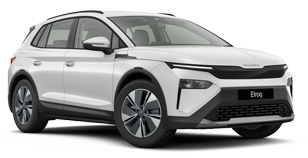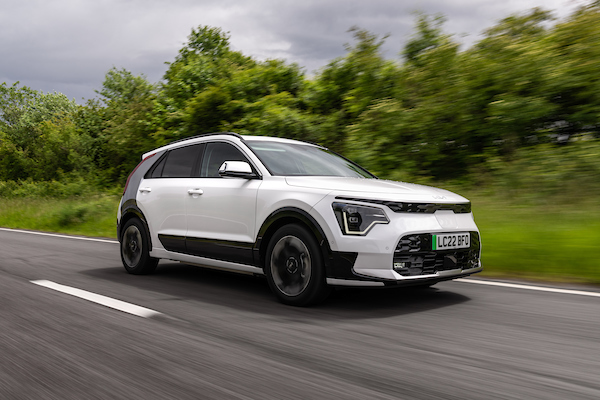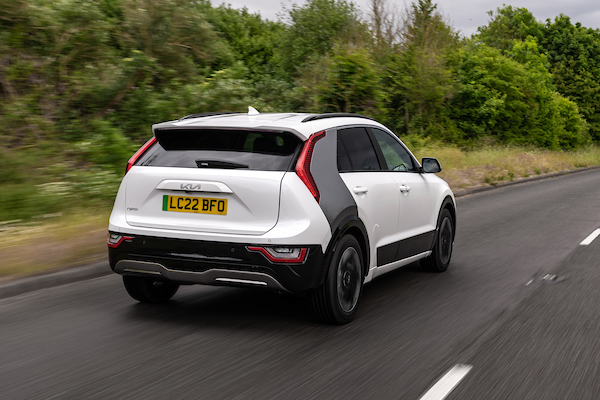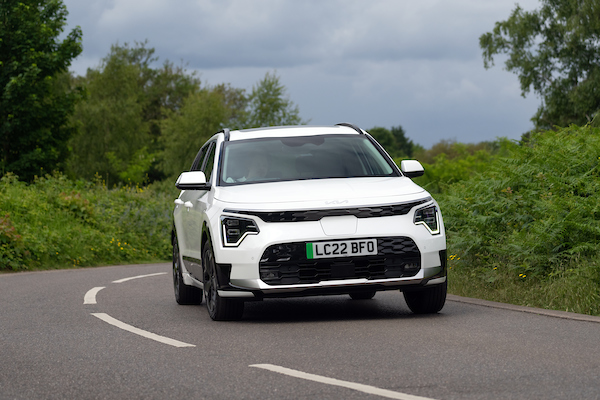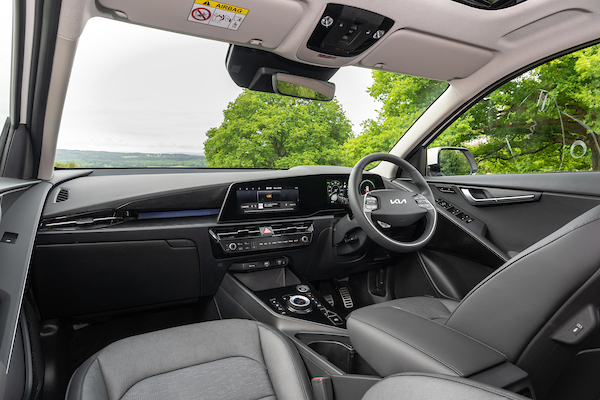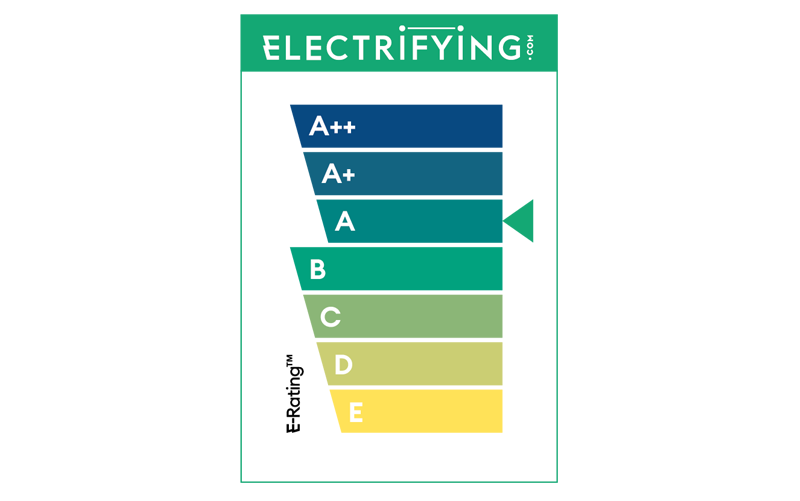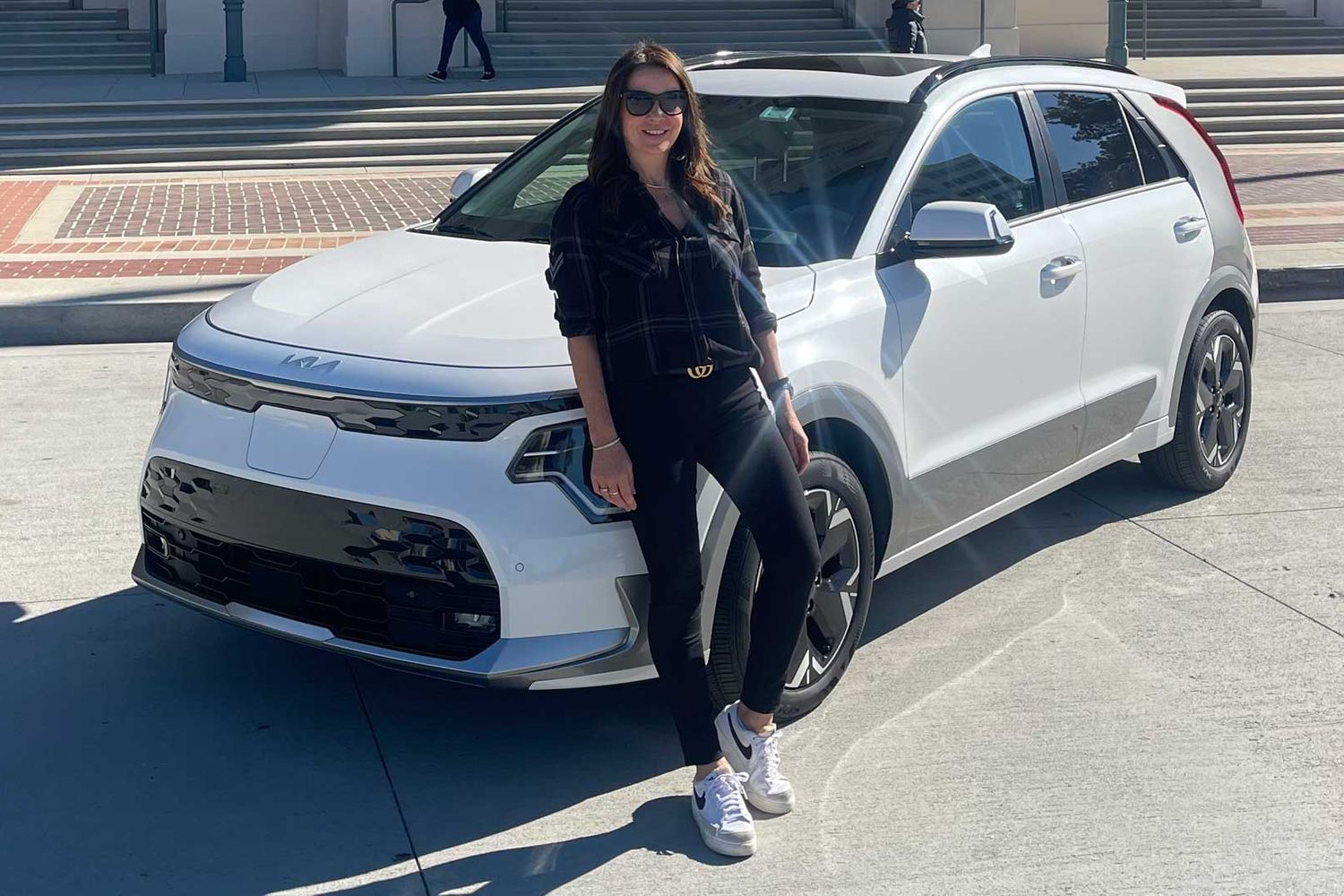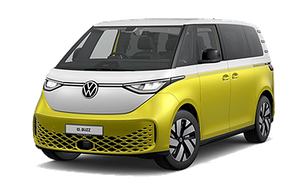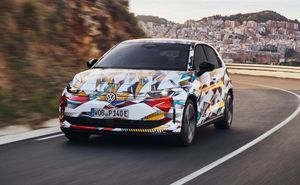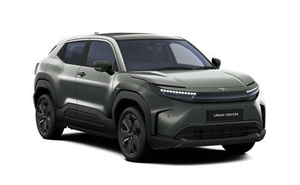Range
Kia claims a WLTP range of 285 miles for the Niro EV, which we’d expect to translate to around 200- to 250 miles of real world range depending on the conditions and how you’re driving. In fact, because the Niro EV ha gained some weight – largely due to an improvement in build quality and equipment levels – over the e-Niro, it actually isn’t as efficient in practice. We’ve previously seen efficiency of around 4.2-4.5 miles/kWh from the e-Niro even in winter, and it would often exceed its WLTP figure in summer. The newer Niro EV is more likely to manage around 3.5-4.0 miles/kWh, so don’t expect quite the same champion efficiency if you’re upgrading from the oilder e-Niro to this new model.
Even so, the Kia’s range is very good by the standard of this class. If you do want longer range at a similar price, the MG4 Extended Range offers a 323 mile range, or the Renault Scenic E-Tech achieves an impressive 379 miles.
Battery
While much of the Niro’s design and styling features are new, the same can’t be said for its battery. The Niro EV has a fractionally larger lithium-ion NMC battery pack at 64.8kWh (0.8kWh bigger than the old model). Total capacity is around 68kWh, but Kia doesn’t publish the exact figure.
Charging
Where the Niro EV’s predecessor, the eNiro, was capable of DC rapid charging at a maximum speed of 77kW, the new version maxes out at 72kW. While this seems something of a backward step – especially at a time when 100kW DC charging is considered the bare minimum, and can be found on rivals including the Peugeot E-2008, Jeep Avenger and VW ID.3 – Kia says that its new charging setup allows the Niro to charge at a higher speed for longer. As a result, a 10-80% charge will take around nine minutes less at around 43 minutes.
We've yet to plug one in to test that ourselves, but Kia and Hyundai models to tend to charge at higher speeds than rivals over a longer period. The Niro will also precondition the battery so it's at the optimum temperature to accept charge if you enter the charging station into the car's sat nav.
AC charging is up to 11kW, which is a little faster than the typical 7.4kW you get on many electric cars (11kW is often an optional upgrade). You’ll almost certainly need access to a public AC charger at your office, gym or other regular destination to make the most of that faster AC charging, though, as home chargers in the UK are nearly all 7.2kW maximum.
You also get vehicle-to-load charging provided you go for Horizon trim or above, which means that you can charge any electronic device from the Kia’s high voltage battery; great for keeping that travel-fridge going when you’re camping. The MG4 and Hyundai Kona Electric both offer this, too.





